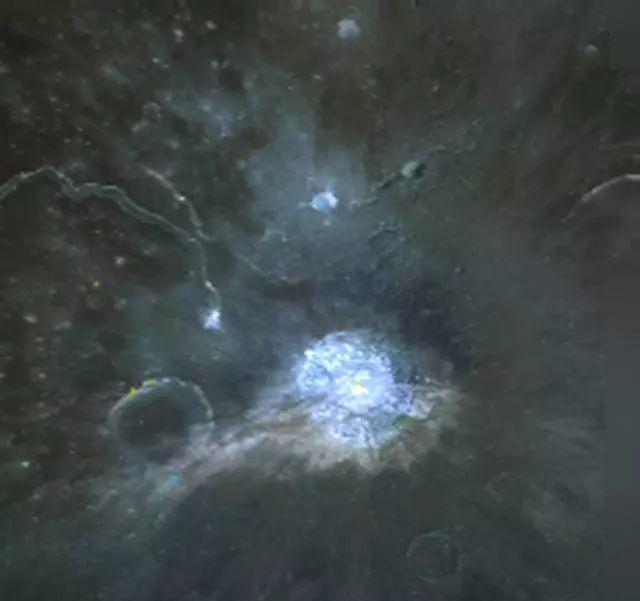In July 1969, after nearly 10 years of hard work, the American Apollo 11 finally successfully landed on the moon, leaving the first footprints of human beings on other planets. Just then, the astronaut received an order from the center of the ground: there was a flash of light in Aristax Crater, please check it out!
The story, which has been over 50 years old, was published by Time Magazine in the July 25, 1969 issue.
Commander Armstrong, still immersed in the excitement of the moon landing, suddenly received a somewhat worrisome order from the Houston Ground Center: We received a report from an astronomer that a flash of light had been spotted near Aristacus Crater, and if you had time, please check it out.
Armstrong immediately lifted his head, looked north at the Aristacus Crater, was surprised to see that it did seem to be brighter than the other areas, and immediately reported to the center of the ground:
Hey Houston, I saw the Aristacus pit, and there's really one place that's brighter than the others and seems to have some fluorescence.

What exactly is this flash?
In fact, this creepy flash phenomenon is not the first time it has been discovered, astronomers and astronomers have observed this mysterious bright flash hundreds of years ago, calling it a lunar transient phenomenon.
When Apollo 11 landed on the moon, an astronomer in Bochum, West Germany, noticed a flash of light near the landing site through ground-based telescopes and quickly reported it to the Houston Ground Center.
There was such a coincidence that Houston certainly did not dare to slack off and hurriedly let the astronauts on the moon go to check it out.
Whether Armstrong went to see it or not, and what the ending of the story is, I haven't found out yet, but what is the phenomenon of lunar transients, and why is there such a mysterious flash?
The European Space Agency created a project in 2015 called the NEO Lunar Impact and Optical Properties (NELIOTA) Study.
The project pointed a 1.2-meter telescope at the Kryonari Observatory in Greece to the moon and began a 22-month special observation campaign.
The Koryonari Observatory is the largest telescope on Earth dedicated to monitoring the Moon, and with the help of large-aperture optical instruments, it can detect extremely faint flashes of light.
Although the Moon is close to Earth, it is very difficult to make continuous observations of the Moon because from Earth, the Moon moves very fast relative to other celestial bodies, and factors such as sunlight, weather and lunar phases plague scientists.
In 22 months, the scientists actually only got 90 hours of observation time, during which they found that there were a total of 55 flashes on the moon, each lasting only a few minutes and a second, which was very difficult to catch.
Scientists have calculated that if you calculate the entire lunar surface, there will be an average of about 8 mysterious flashes of light per hour, and it seems that the lunar surface is not as dead and silent as we think.
So, what are these mysterious flashes of light?
Things are not so mysterious, it is a brief flash of light generated by a meteor and asteroid impact on the lunar surface. The empty space is not completely empty, and there are still many tiny fragments and particles running at high speeds, and when it hits the moon, it will produce flashes of light that can be seen on Earth.
Not only the Moon, but also the Earth is constantly hit by meteors and asteroids, and it also emits brief flashes of light, but most of these flashes are simply undetectable.
So what's the point of looking at these flashes? Because of the earth, it is difficult to find these debris and particles impact, and by observing their impact on the moon, we can understand in detail the size, distribution, speed and frequency of the impact to determine whether they will pose a threat to the earth.
These data can be said to be very important, combined with other asteroid detection projects around the world, scientists can develop active planetary defense plans and asteroid deflection missions, once there is really an asteroid in the future that wants to hit the earth, causing a huge disaster to all mankind and earth life, it will have to weigh its own weight.
Stay tuned: